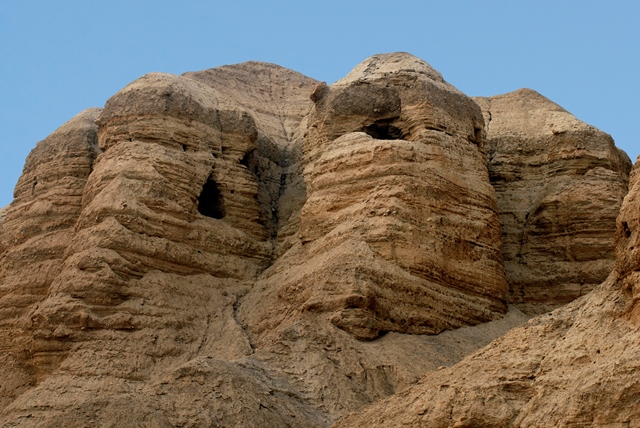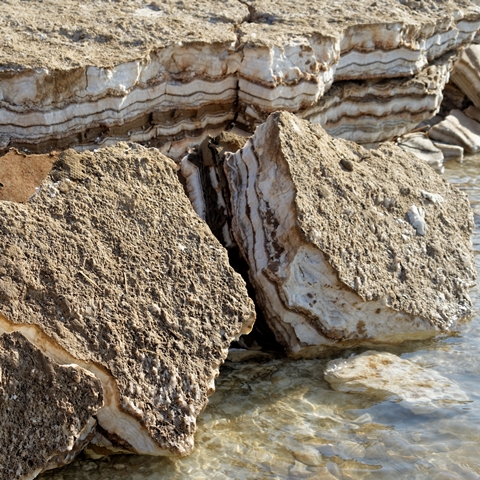Qumran Scrolls – the Logic behind the Legend
The amazing discovery of finding 900 parchment scrolls stored in pottery, in various caves in the Dead Sea region, was both fascinating and exhilarating. Once the excitement died down, researchers began to try to figure out who wrote the scrolls.
How did they end up in the urns, and how, for God’s sake, did they managed to be preserved so well for 2000 years??
For the first article on this topic, go to the following link: Dead Sea Scrolls
The first theory:
During the period when the scrolls were written, members of the Essenian sect lived In the Qumran region.
At that time, the Great Revolt took place, which was the first of the three waves of Jewish rebellion against the Romans. That first rebellion was led by Josephus ben Mattityahu, but he failed miserably and fell into captivity.
The scrolls found in the Qumran caves included one scroll called “Serach Hayachad“, which contained descriptions of a community’s lifestyle that were very similar to older descriptions recorded by Josephus Ben Mattityahu on the Essenian sect.
Subsequent evidence was found to reinforce the notion that the same Essenian sect that Josephus ben Mattityahu described is the very sect that lived there, wrote the scrolls and buried them in the caves in the area.
The second theory:
The Scroll of “Some of the Acts of the Torah” lists certain laws that correspond to the laws of the Sadducees. In that particular scroll there also appears a calendar containing holiday dates according to the customs of the Sadducees.
That led some researchers to speculate that the scrolls were written by the Sadducees themselves. The scholars who support this theory have presented more and more hypotheses over the years, and have succeeded in establishing it as legitimate.
Those same scholars strongly argued that those who wrote the scrolls were very intellectual people with great religious knowledge, and that no such people lived outside the capital – Jerusalem. Their theory is simple – before the Great Revolt, copies of important writings were prepared and concealed where the Romans would never venture.
And the fact – they never found the hidden scrolls …
The third theory:
Christian scholars have generally argued that these are Christian writings.
But this hypothesis is not very well-founded….
So how were the Qumran scrolls preserved for 2000 years?
At the beginning of the research, everyone was unanimous – the dry air in the area and also using the Dead Sea salts to dry the parchment were what kept the scrolls in such good condition.
Recently, a new discovery proved that the mysterious salt preserving the scrolls was not at all from the Dead Sea region.
The research was done on the longest scroll – the Temple Scroll – and proved that it was preserved with sulfate – a type of salt that is not found in the area at all.
So what does this mean? And are the scholars who associated the Scrolls with the Essenes right, or those who claim the Scrolls originated in Jerusalem with the Sadducees?
Only time, and further research, will tell…
For in depth information on this topic, go to: The Digital Dead Sea Scrolls – a project of the Israel Museum http://dss.collections.imj.org.il/
Enjoy more information about the dead sea in our blog: dead sea information







